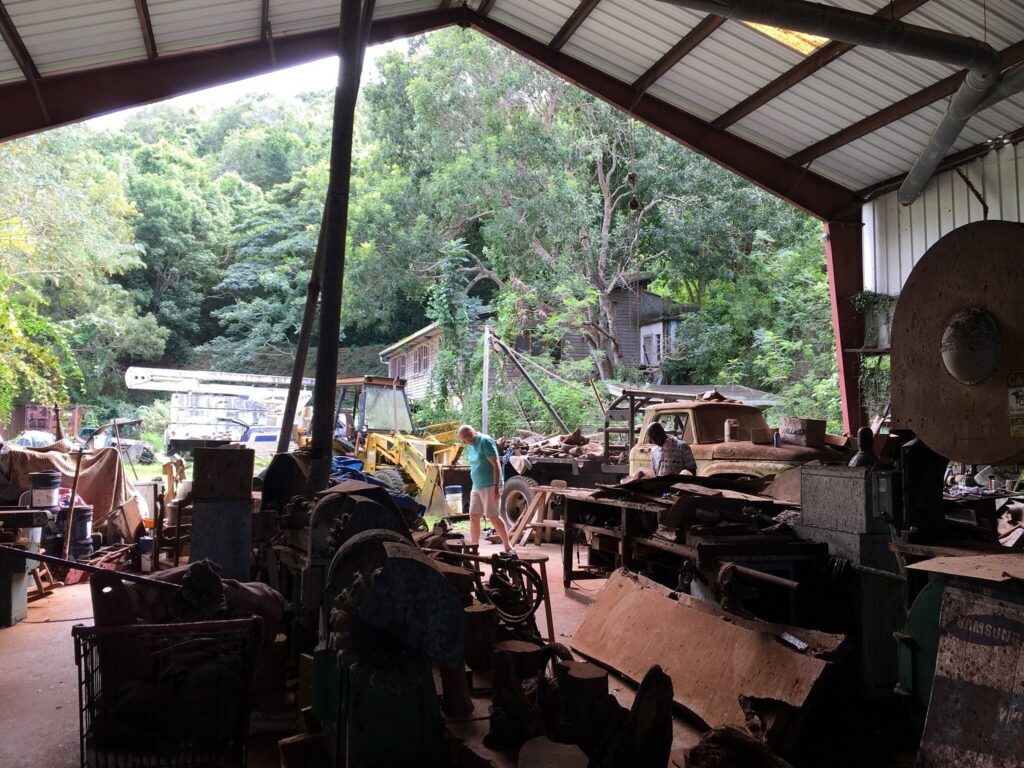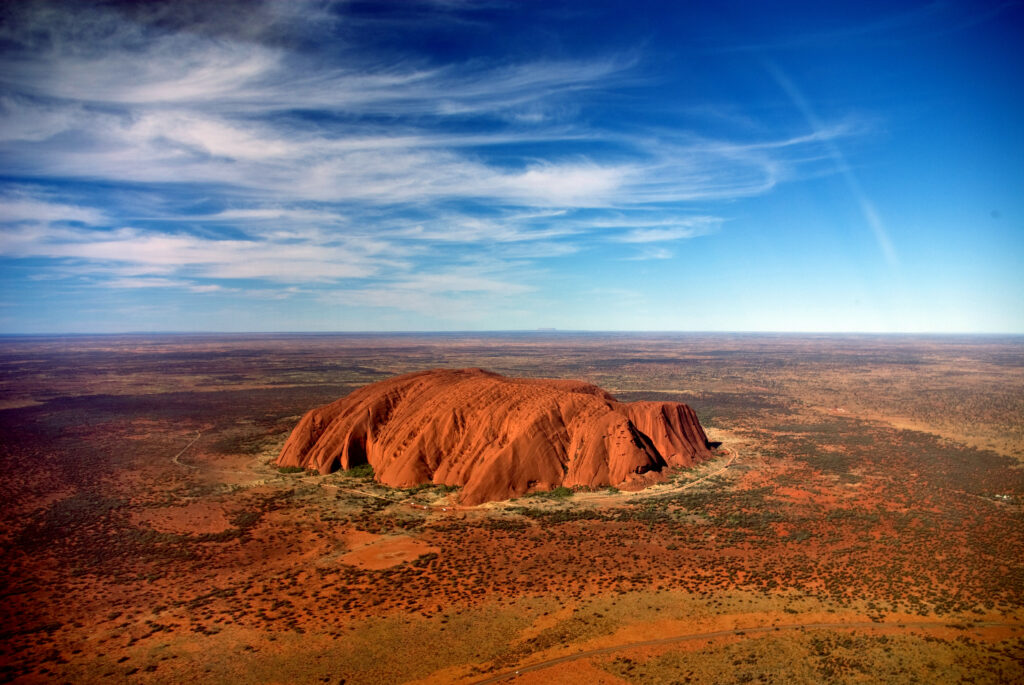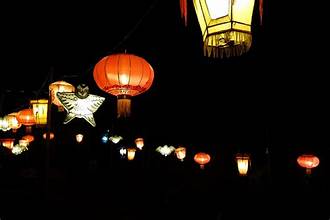Just off a gravel road waiting under a rainforest canopy in the interior hills of St. Croix (US Virgin Islands) stands a barn-like workshop. It shelters an ancient collection of wood lathes and saws and pieces – many unfinished – long ago fashioned from their clatter. Birds call from the surrounding trees that drip now with the rains. The workshop’s lofty girders are streaked with the guano of winged creatures who rule this roost since the woodworkers have vanished leaving a single artist, Vincent, as lonely elder to preside over the mahogany burls, bowls, bread boards and bookends.

History hangs in the air. Sleeping to one side of the clearing lie mahogany logs – now thoroughly seasoned – harvested only as windfall in the wake of ferocious storms. Vintage vehicles, working days long gone, sit rusting quietly in the tropical humidity. A paltry few travelers push beyond the sushi bars and T-shirts of the cruise ship port to find this interior corner fragrant of soul. It feels like the decades have been slowly setting this stage with one-of-a-kind props. That the time has come for this scene to host a singular story, an epic drama. (Tell Hollywood to stay away.) The makings for such a tale lie strewn everywhere: the ancient Arawak and Carib who once fished these seas, the cavalcade of Spaniards, French and Danes who ruled the estates of cotton and sugar, the agonies of the enslaved field hands and their revolts once led by a ’Queen Mary’, the bottomless trench lying off the north coast, the merciless storms that sweep in from the Atlantic, a seabed littered with galleons, and now an island become playground of the rich.

Places that quiver as frames of power and mystery dot the globe. Consider Uluru, that red sandstone outcrop in the Australian outback that imposes reverence and silent searching. There are the Tsodilo Hills in the northern Kalahari whose rock paintings are so hoary that even the San tribals profess no memory of their origin but which attest to human fascination for the hills, a story board left on rock faces. Or lie spread-eagle on desert sand to trace Halley’s Comet across the firmament. Stare into the maw of a roiling volcano, sulfur in your nostrils, and you walk away trembling, groping for words. Paddle a lagoon ringed by mangrove and ponder the bioluminescence of your wake. In each such peak experience, it seems as though a book lies open inviting some fresh-minted testimony to be inscribed, some confession or story to be disclosed. Some witness given of unsuspected depths.

Though the physical circumstances may be unremarkable, the New Year is just such a frame fashioned from the swing of the stars. It, too, summons the soul to wakefulness, charges the ether with an awareness that otherwise sleeps. It rouses hunger for handiwork equal to the seasoned materials at hand, for story shaped beneath a lofty canopy, erected on sacred precincts. Only a noble, humane story will ever do. We clear the throat, take up the quill, whisper a plea.



Thank you Jonathan. Your descriptions take my breath away. The following comments penned by an unknown author came to mind as I read your article, “Days pass and the years vanish and we walk sightless among miracles. Lord, fill our eyes with seeing and our minds with knowing. Let there be moments when your presence, like lightning, illumens the darkness in which we walk. Help us to see, wherever we gaze, that the bush burns, unconsumed. And we, clay touched by God, will reach out for holiness and exclaim in wonder, How filled with awe is this place and we did not know it.”
Hello, Jake! Lovely quote that. I once heard a painter say that his most important power was not the gift in his hands but rather of his eyes: the power to observe, the power, yes of sight, but also of insight. That seems to be what Frances Boston, the next commenter, is suggesting.
Once again Jonathan you offer a deep reflection as we embrace the new year 2024! Miracles abound, take time to reflect to find them.
Yes, Frances, always probing, always watchful for these signs. I once heard a story that a researcher set out to learn what people considered to be a real miracle. One person gave this definition: that many of us think of miracles as those times when heaven deigns to do the improbable at the behest of human pleading. But, said the person, an honest-to-God miracle is when ordinary humans deign to do the will of heaven.